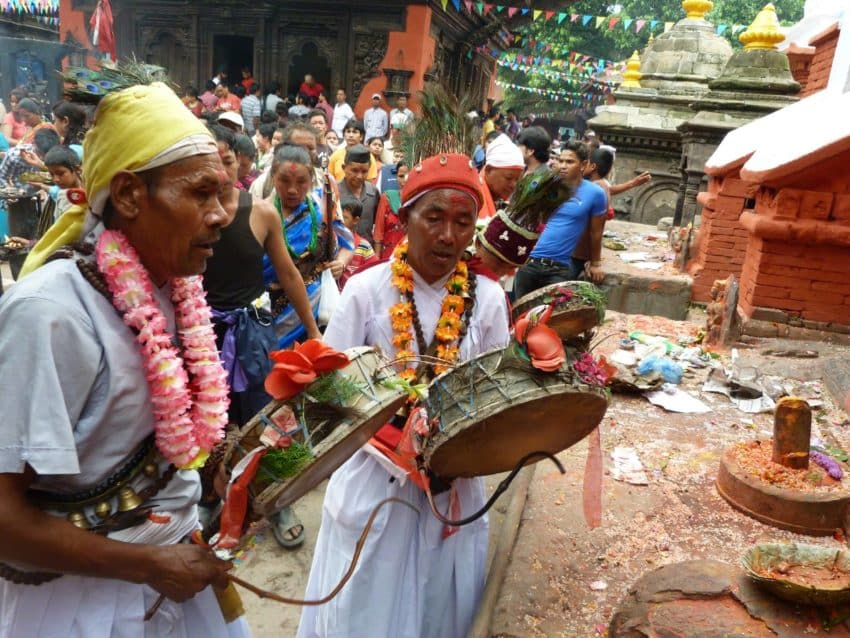The Shaman's Path
For the Nepali shamanic initiate, the calling to the shamanic path (Deuta-Aunu) can happen in one of four different ways:

First:
The first method is the calling of blood, the ancestral call that comes from one’s place in a shamanic family. In this case, an initiate may be taught from childhood by another family Dhami/Jhankri or develop shamanic gifts later in life by becoming possessed by a shamanic ancestor or an ancestral Shaman’s helping spirits.
Second:
The second calling is through a sudden and unexplained spiritual illness, which can occur anytime from childhood forward. The strange illness doesn’t respond to treatment, and sometimes the initiate enters a kind of spiritual battleground in which they must choose to follow the path or succumb to their sickness.
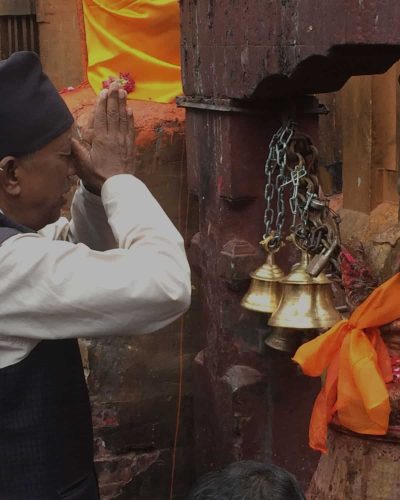
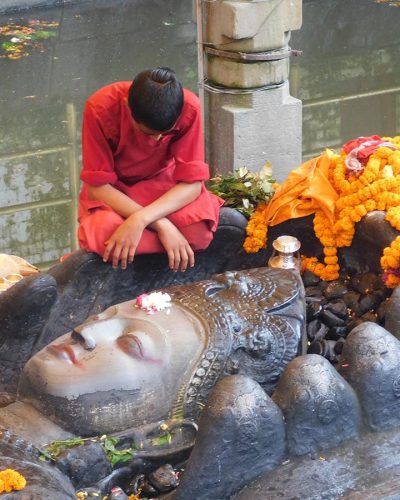
Third:
A third path of becoming a Shaman, and often the most common way to the path throughout the world, is by dreams and or visions from the spirits that lead a prospective candidate to seek a human teacher.
Fourth:
The fourth way of receiving the call is to be kidnapped by the primordial Shaman, Banjhankri. (In the mountain regions of Nepal, Banjhankri is also known as Banaskhandi, “he who dwells in the plant kingdom-forest.”) It is from this being that the term Jhankri–one of the most common designations for a Shaman–is derived.
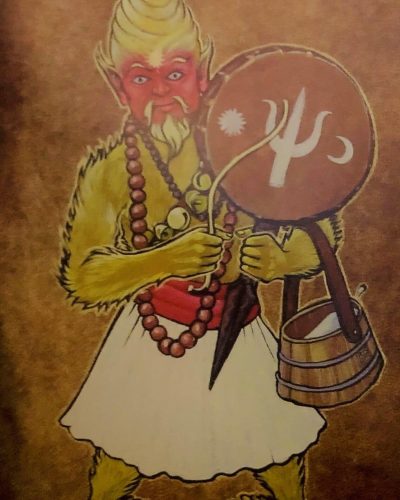
Shamanism can be understood and perceived in different ways and forms. When the availability of specific supplies changes, ceremonies and rituals can be adapted, songs and chants can change, and the dances and rhythms can also change. The formation of sacred geometrical diagrams, items of offering, appeasement chants, and ways of conducting rituals can vary. Ours is a dynamic tradition.
So performing a healing ceremony can be done in many different styles and forms. In shamanism, there is flexibility on the part of the spirits and chants keep evolving and changing based on the intimate relationship between the spirits and the Shaman. Each Shaman will form powerful bonds with personal spirits as well as those of their lineage.
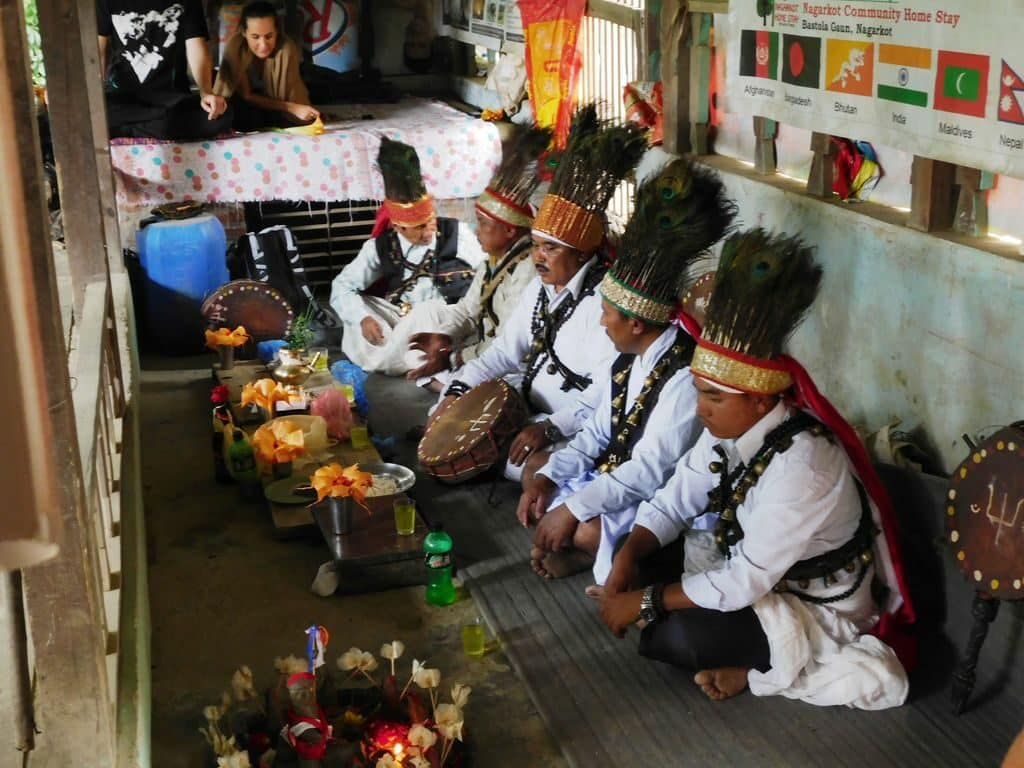
The Nepali shamanic worldview is so complex that there are myriad designations for a person we would refer to as a "Shaman."
For the neophyte called within a family lineage, the support of the elder and Shamans from the same lineage is a must.
But for all types of calls, a human shamanic teacher is essential to accompany and mentor the aspirant to reach a successful conclusion.
Although Nepal is a small country, it is home to many ethnic groups with different traditions and cultures and is one of the richest in the world from a shamanic point of view. All groups practise an oral tradition, with knowledge transmitted through their ancestors, human teachers, and the spirits. The majority of the people still today visit Shamans and other traditional spiritual healers before approaching conventional medical centres and hospitals, as the most significant cause of disease and disharmony is considered to be spiritual disconnection or distraction. Once the person’s spiritual aspect is taken care of, then, if required, they proceed for further conventional treatments. (Shamanic spiritual healing practices do not replace traditional medical therapies but can work in harmony with them
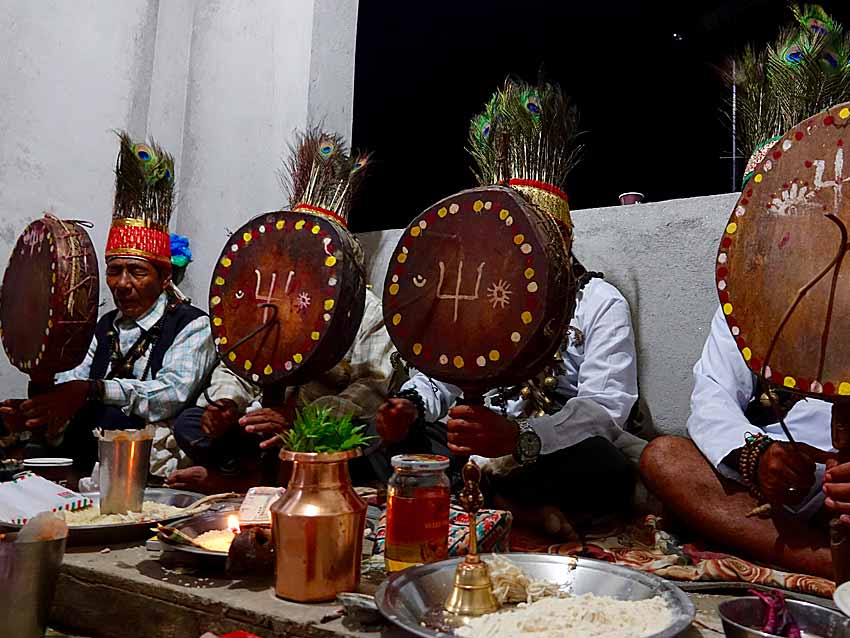

As we are part and parcel of all our ancestors, the ancestral deities are a reliable source of power and protection for the Nepali Shaman of any tradition or group. Bloodline ancestors from the father’s lineage and milk-line ancestors from the mother’s side are equally important. Without the ancestors’ blessings and help, not only would shamanic healing be challenging to accomplish, but the loss of equilibrium and imbalances would arise far more frequently in our everyday lives.
My wife, Mariarosa Genitrini (Mimi), has been the most significant source of encouragement from the day we met. We started sharing and empowerment processes of Nepali Himalayan shamanic traditions in Italy in 1997. Soon afterwards, we broadened our mission into the European continent, North America and throughout the world. We did this to create a bridge connecting the ancient healing tradition with the modern world. We not only shared the wisdom to a broader audience through weekend classes, conferences, and retreats, but we also escorted groups to Asia and especially to the Nepal Himalayas so that participants could have direct experiential learning from different sources and teachers.

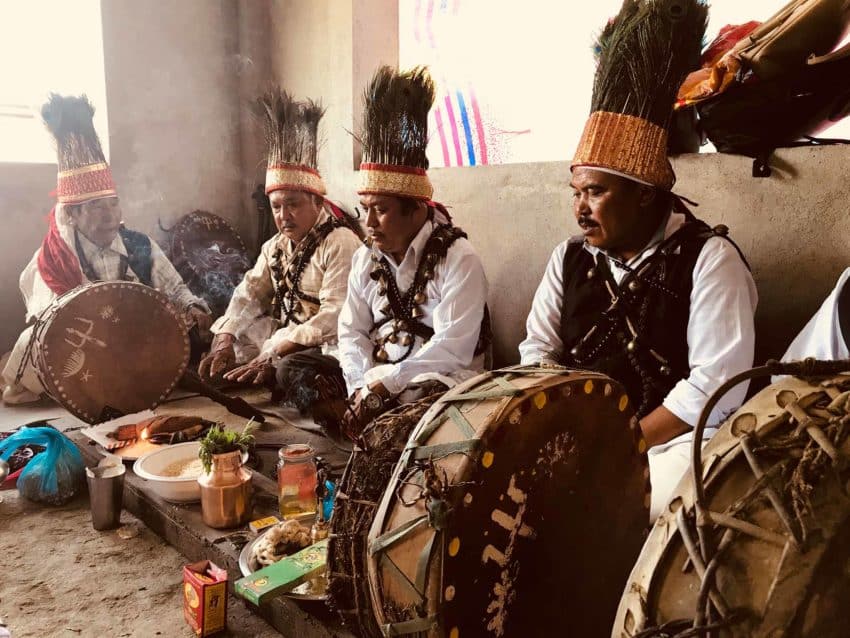
Our ancestors have left behind vibrant, deep-grounded, and authentic practices in the forms of lore, stories, sacred chants, songs, mantras, rhythms, dances, rituals, ceremonies, plant medicines, mineral medicines, sacred geometries, and geomancy that honour nature and her rhythms and changes. It is these I fervently wish to preserve as a living tradition for the future.
